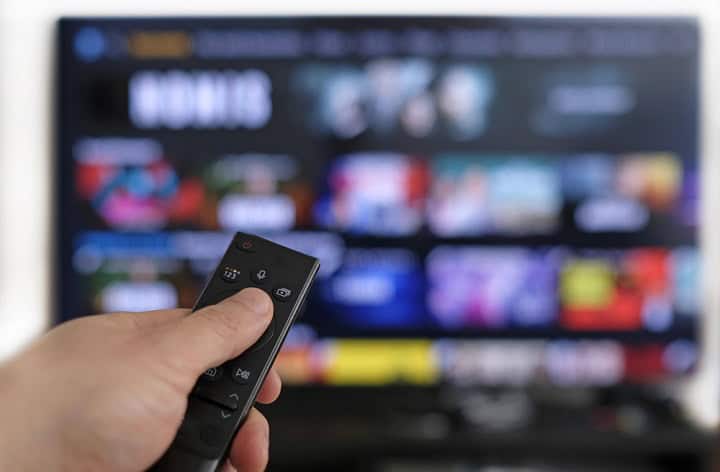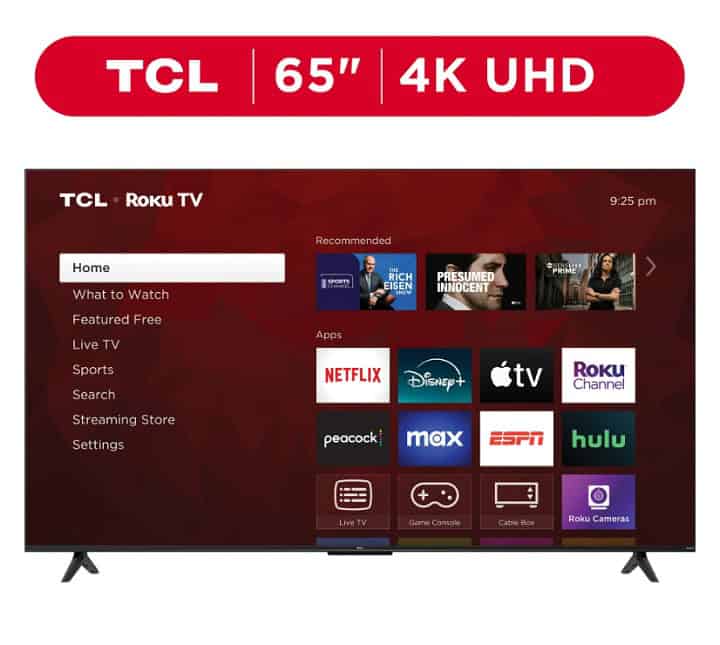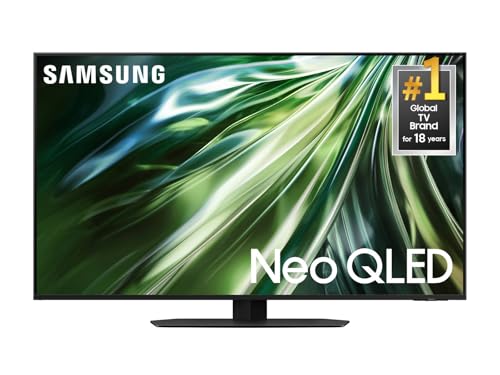When shopping for a smart TV, it’s easy to get caught up in finding a big screen with the best picture quality. But there’s more to a satisfying viewing experience than just vibrant colors and sharp images. This blog post takes a closer look at why factors like user interface performance, app selection, and connectivity options are important too. We’ll discuss how response time and navigation can impact your enjoyment, why the variety and updates of apps matter, and how connectivity and privacy settings play a role in your overall experience. Whether you’re streaming your favorite shows or exploring new content, understanding smart tv features beyond picture quality can help you make a more informed decision on your new TV.
User Interface Performance
When it comes to smart TVs, having a responsive user interface is crucial. The time it takes for a TV to react to commands from the remote control can greatly affect the user experience. If there is a noticeable delay between pressing a button and seeing the result on the screen, it can quickly become frustrating. This lag can make even simple tasks like changing channels or adjusting the volume seem cumbersome.
Equally important is the layout and ease of navigation within the TV’s interface. A well-organized menu system allows you to find and access your desired content without confusion. When the interface is intuitive, you can move through different apps and settings with minimal effort. This ease of navigation helps you make the most of your smart TV’s features, allowing you to enjoy what you want without unnecessary hassle.
App Selection and Support
Having a wide range of available apps is a key factor that can greatly influence the viewing experience. You should make sure it supports popular streaming services like Amazon Prime Video, YouTube, Google TV, and Apple TV. There might also be news channels and even gaming apps that can be accessed directly from your TV. A good selection of apps in the TV’s app store means that you can find content that matches your interests, whether it’s watching the latest movies, catching up on TV shows, or playing games. The more diverse the range of apps, the more likely it is that the smart TV will meet the entertainment needs of different users.
Another important aspect to consider is the frequency of software updates for these apps and for the tv’s operating system. Regular updates are important to ensure that apps and the TV itself continue to function smoothly and stay compatible with the latest content and features. Updates can fix bugs, improve performance, and introduce new functionalities, which can enhance the overall user experience. If a smart TV is not updated frequently, you might face issues such as apps crashing or becoming outdated, which can be frustrating. A smart TV with a strong update system is more likely to offer a satisfying and hassle-free viewing experience.
Smart Home Integration
When choosing a smart TV, it’s also important to consider how well it connects with your smart home ecosystem. A TV that integrates seamlessly with voice assistants like Amazon Alexa, Google Assistant, or Apple HomeKit allows for hands-free control, making it easier to adjust volume, switch inputs, or launch apps using voice commands. Some models can even act as a smart home hub and display smart home dashboards or other smart home devices. This means you can monitor security cameras, adjust lighting, or control thermostats directly from the TV screen. Additionally, built-in Google Chromecast or AirPlay support can make it easier to stream content from your phone or other mobile devices. A smart TV that works well with your existing smart home setup can add convenience and enhance your entertainment experience.
Connectivity Options and Privacy Settings
Unlike a regular tv, a smart television requires internet connectivity for it’s smart features. They offer various ways to connect to the internet, which impacts how smoothly they can stream content. Some TVs can hook up to the internet through an ethernet cable. This is the best way to connect if you can, since it is usually more stable and faster. Other smart TV’s connect with built-in Wi-Fi, which is convenient but might not be as reliable as a wired link, especially if the signal is weak. Some TVs also support Bluetooth, allowing them to connect to other devices like sound bars, speakers, or headphones.
Your privacy is something critical to consider with anything that has an internet connection, and this is equally true for smart tv’s. Smart TVs come with settings that let you control how they collect and use you data. It’s important to take a close look at these settings and the TV’s privacy policy to help keep personal information secure. Many TVs have options to turn off voice control features, limit data sharing, or adjust what information apps can access. By tweaking these settings, you can have more control over your data while enjoying the features of a smart TV.
In Summary
Choosing a new smart TV involves more than just picking a model with a great picture. While image quality is important, other factors like user interface performance, app selection, and connectivity options significantly impact the overall viewing experience. A responsive and easy-to-navigate interface, a diverse range of apps with regular updates, and reliable connectivity options all contribute to how enjoyable and convenient a smart TV can be. Additionally, understanding privacy settings helps you maintain control over your personal data. By considering these elements, you can make a good decision and pick the best smart tv for you.


